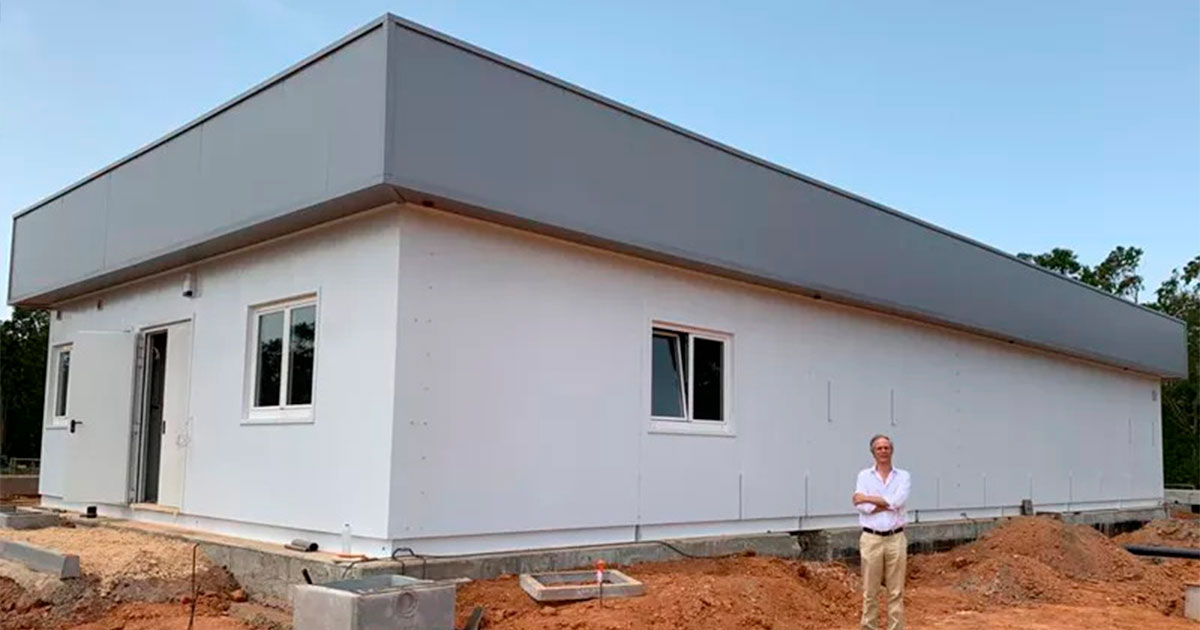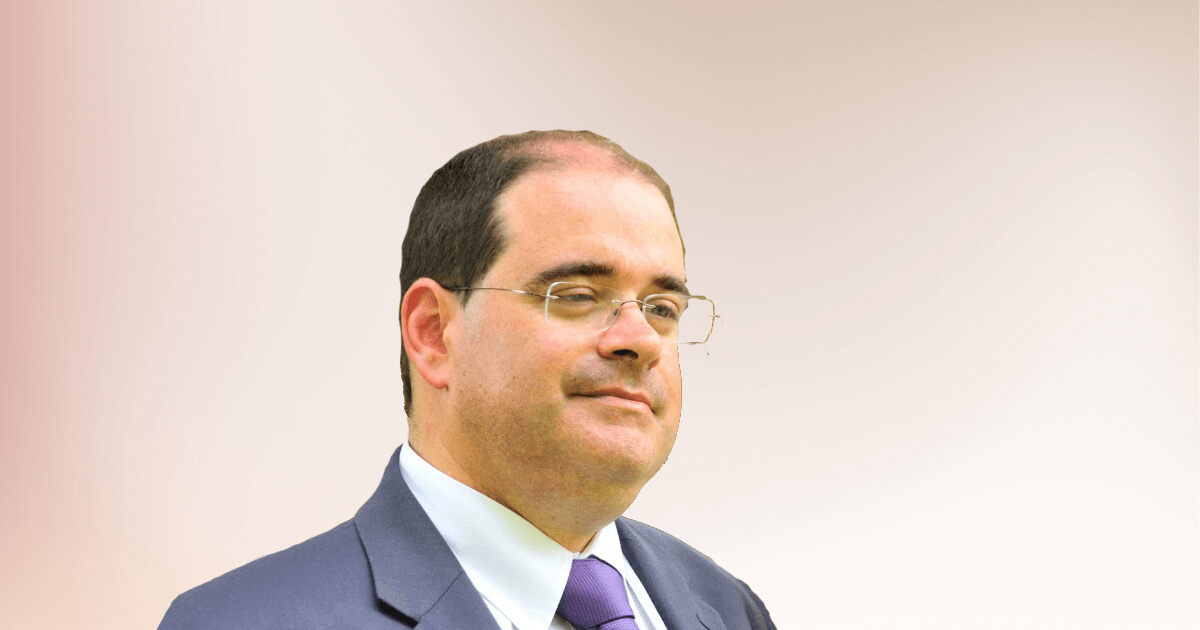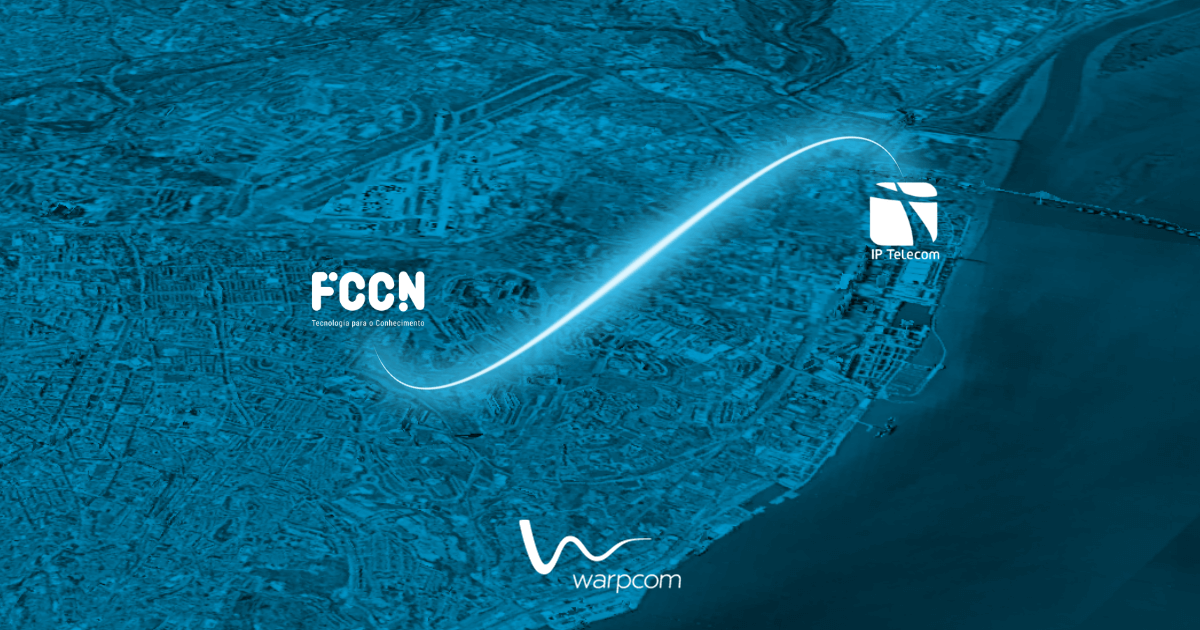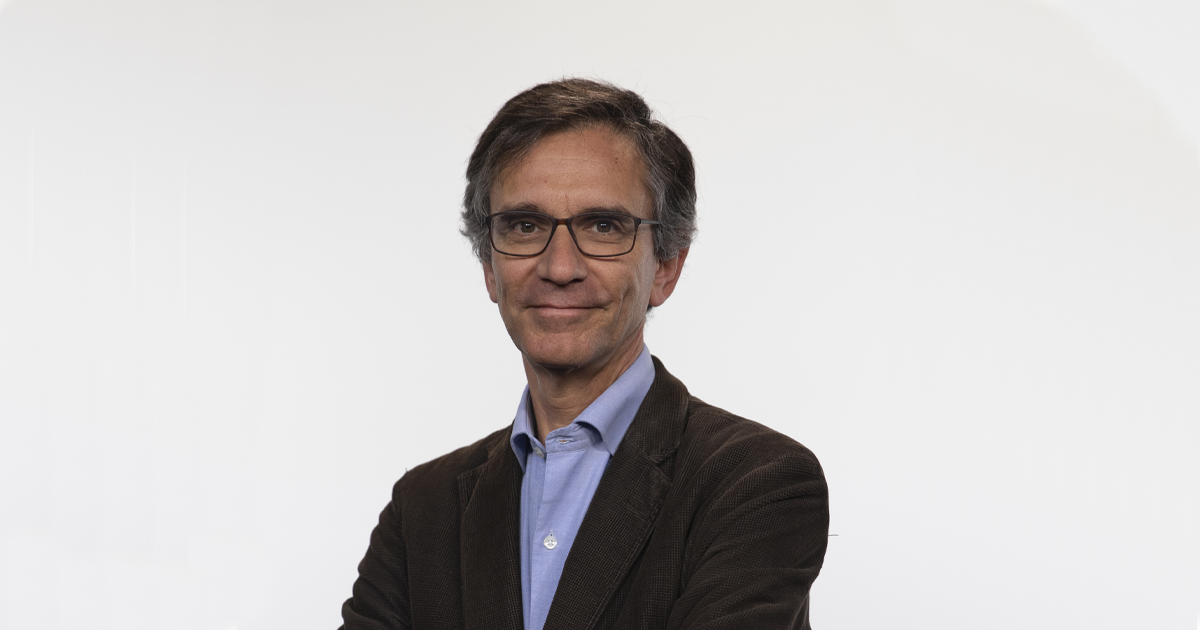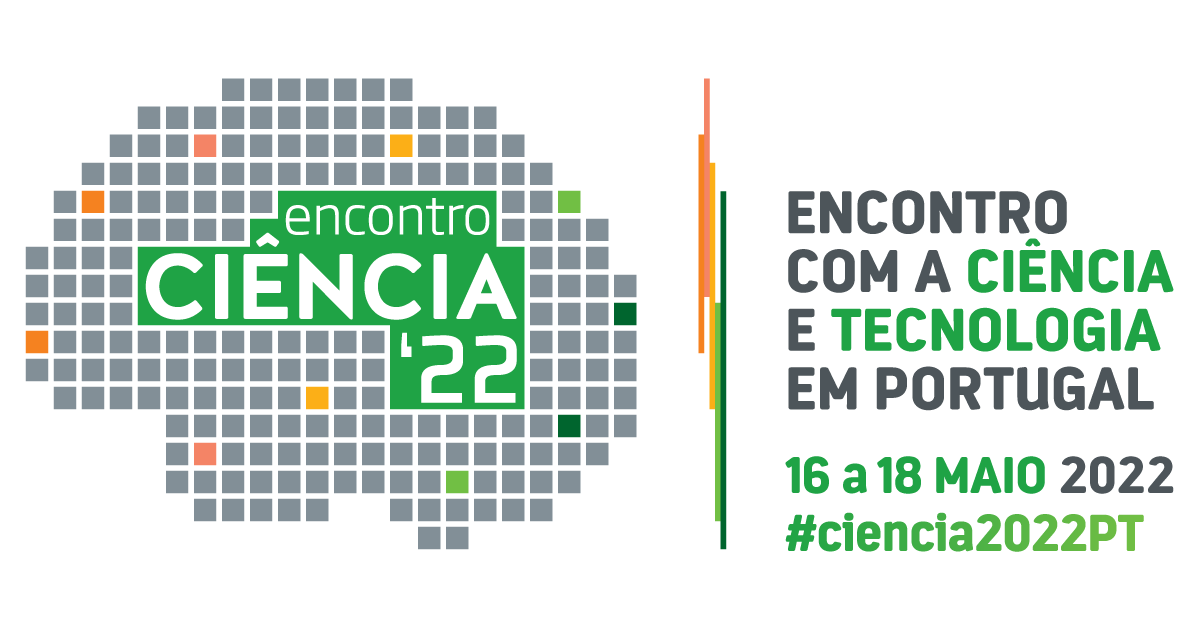Coordenador Geral da Unidade FCCN da FCT – Fundação para a Ciência e a Tecnologia, João Nuno Ferreira, visitou a estação de Sines, destinada a acolher o cabo submarino EllaLink, e revela alguns pormenores sobre esta estrutura.
O projeto BELLA (Building the Europe Link with Latin America) vai ligar as comunidades europeias e latino-americanas de investigação através da instalação de um cabo submarino de última geração, direto entre as duas regiões. O ponto de entrada desta estrutura no espaço europeu será realizado através de Sines, que acolhe, desta forma, a landing station do cabo EllaLink.
Esta é uma iniciativa co-financiada pela União Europeia, sendo que a Unidade FCCN, enquanto NREN – National Research and Education Network – ou Rede de Educação e Investigação portuguesa, integra o Consórcio que lidera este projeto e que é formado pelas Redes Académicas Regionais – GÉANT (Europa) e RedCLARA (América Latina) e pelas NRENs homólogas do Brasil, Chile, Colômbia, Equador, França, Alemanha, Itália e Espanha.
A estação de instalação deste cabo submarino, em Sines, está em construção neste preciso momento. Foi esta estrutura que a Unidade FCCN visitou, no início do mês de julho, representada pelo seu Coordenador Geral, João Nuno Ferreira, que partilha as suas impressões sobre a visita.
Que primeiras impressões trouxe da visita?
Gostei muito da visita e o Diego Matas (Chief Operations Officer – EllaLink) foi um anfitrião excelente. Fui guiado pela construção e tive a perceção de que os trabalhos estão a progredir bem e que a estação está quase pronta.
Em que fase se encontra o projeto no local?
Neste momento, os trabalhos estão sobretudo concentrados na instalação dos equipamentos de suporte. A estação de instalação do cabo é a primeira estrutura na parcela da Zona Industrial e Logística de Sines, portanto, o EllaLink terá espaço para se expandir e outros inquilinos industriais poderão solicitar loteamentos próximos, se assim o desejarem.
Pode dar mais detalhes sobre como é construído tubo de perfuração que faz ligação entre a praia e o local onde o cabo é colocado no fundo do mar?
Foi utilizada uma máquina especial de “perfuração direcionada” para realizar a operação de construção do tubo de perfuração direcional horizontal. A perfuração começará a 300 metros da costa, num pequeno plateau, e terminará depois no fundo marinho a cerca de 300 metros da linha de costa.
Este tubo de perfuração tem início na Estação de instalação?
Este tubo de perfuração não começa na estação. A estação está quase a 2km para o interior. Foi construída uma vala para passar o cabo, entre a estação de instalação e o início do tubo de perfuração.
E que passos foram dados para salvaguarda da área marinha protegida, junto à estação?
A coordenação do projeto reforçou que as autoridades portuguesas têm sido bastante exigentes em relação a uma série de questões relacionadas com a proteção do meio ambiente, tanto em terra, quanto no mar. Até porque a Zona Industrial e Logística de Sines faz fronteira com uma área protegida. A autoridade de proteção ao meio ambiente esteve presente no local, para acompanhar os trabalhos de perfuração direcionada. Por outro lado, na própria estação, são visíveis várias providências que foram tomadas para evitar e gerir qualquer eventual derramamento de combustível.
Quais são as vantagens de optar por um tubo de perfuração?
O tubo de perfuração acaba por ser a melhor solução, pois reduz o impacto na área próxima à costa. Finalmente, como Sines é um porto há vários séculos, o processo de assentamento de cabos deve evitar embarcações afundadas, pelo que a autoridade arqueológica nacional também esteve envolvida.
